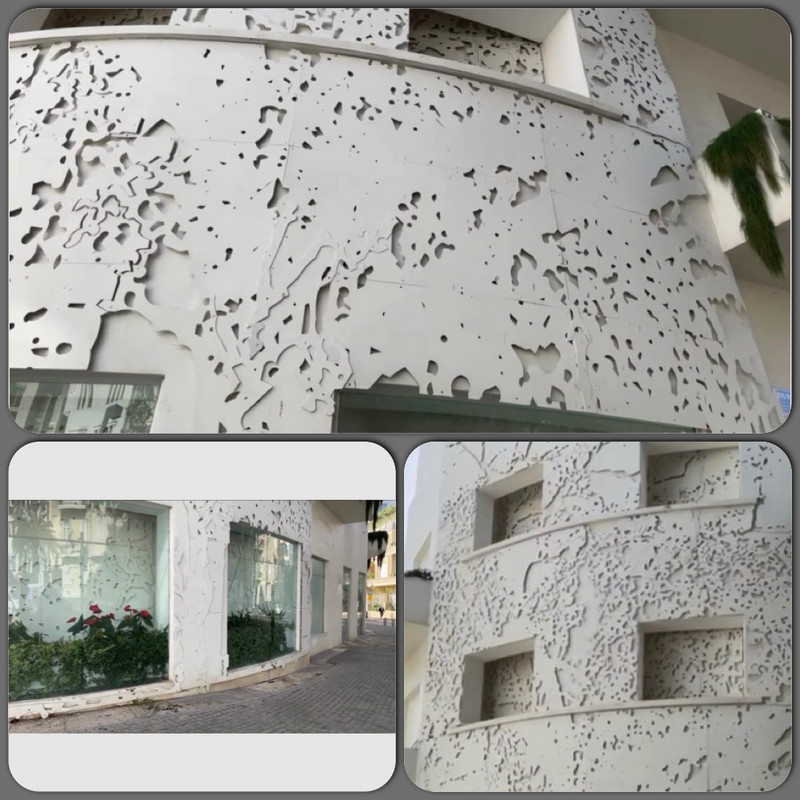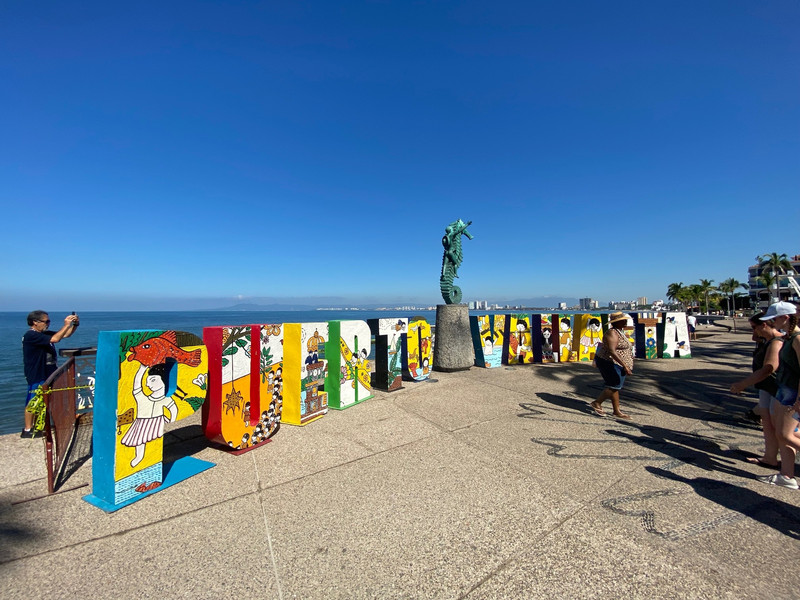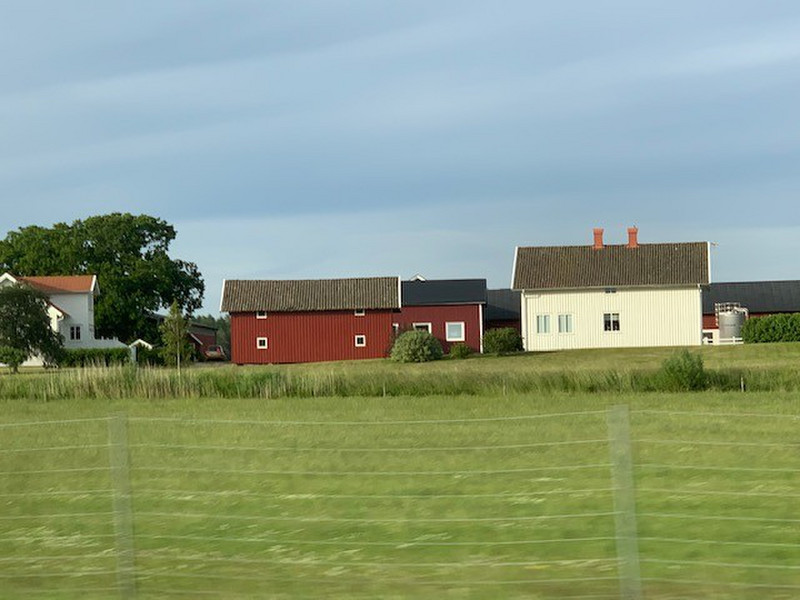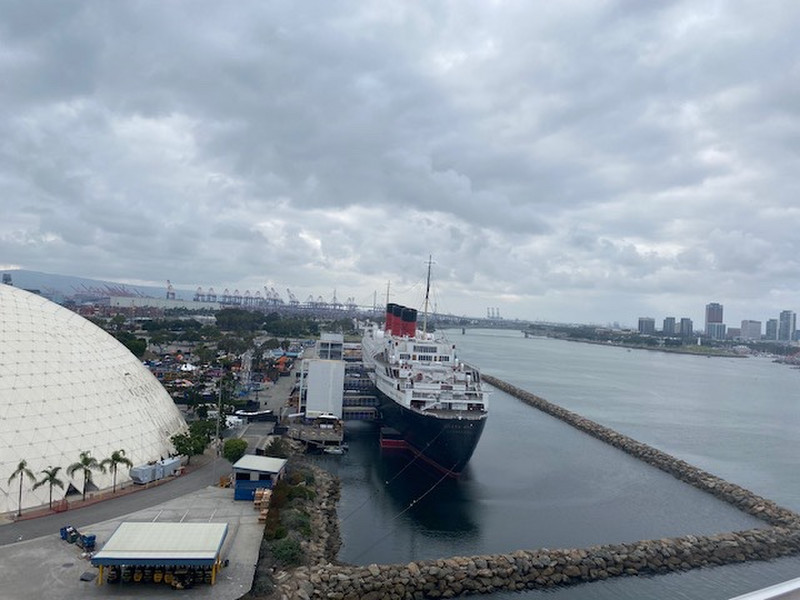Tel Aviv was founded in 1909 and developed as a metropolitan city under the British Mandate in Palestine. The White City was constructed from the early 1930s until the 1950s, based on the urban plan by Sir Patrick Geddes, reflecting modern organic planning principles. The buildings were designed by architects who were trained in Europe where they practised their profession before immigrating. They created an outstanding architectural ensemble of the Modern Movement in a new cultural context.
We walked along citrus tree lined streets with several interesting houses, through a pretty alley passed an old water tower.
The Pagoda House built in 1925 is an impressive elements of several architectural styles, time periods, and motives. Its shape was inspired by a traditional Chinese pagoda, but contains arches, elements of typical Islam architecture, and Greek Doric columns. Such eclecticism was designed to show the wealth of the owner.
apartments on each floor, on either side of a vertical stairwell created a vertical ‘thermometer - long before air conditioning the windows could be opened to give air flow into the building.
The Ravnitsky house was designed by the famous architect Joseph Berlin, and its construction in 1929. Berlin designed the building at 80 Ahad Haam St. in Tel Aviv for his friend, the writer, editor and publisher, Yehoshua Hanna Ravnitsky, and it is owned by the Ravnitsky family to this day.
Architecturally, the building is designed with the style in elements of clean construction using silicate bricks, a well known trade mark of Berlin.
Our tour ended at Rothschild Boulevard , one of the first streets to be built in the city over 100 years ago. Named originally as Rehov HaAm (the street of the people), it was renamed to reflect the generosity of Baron Edmond James de Rothschild of the French Rothschild banking dynasty.
along the middle posed too big a challenge, and it was decided that the street would be constructed on either side, forming the first of a number of boulevards which can be found.









